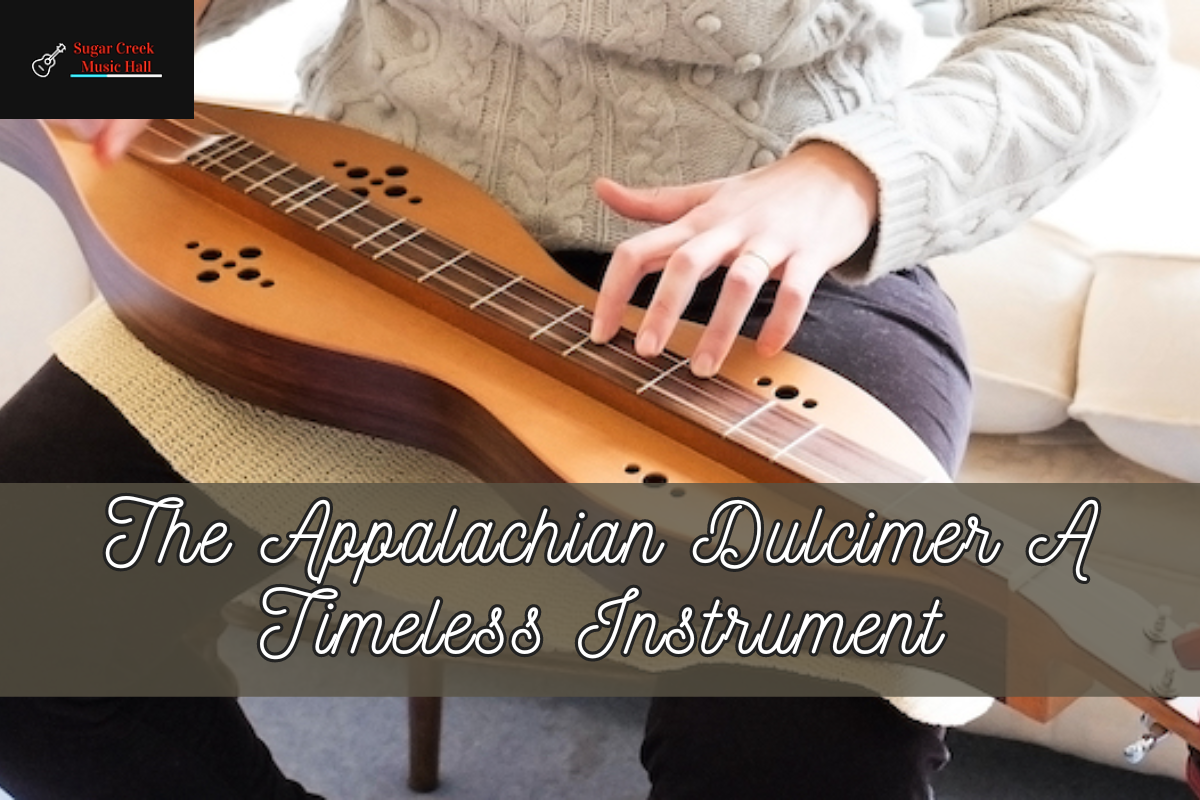The Appalachian Dulcimer A Timeless Instrument: The Appalachian dulcimer, which has many different names (see below), is a fretted string instrument related to the zither family. It usually has three or four strings and was first played in the Appalachian region of the United States. The body goes all the way to the end of the fingerboard, and the fretting is usually diatonic.
Describe
There are many names for the Appalachian dulcimer. It’s usually just called a dulcimer, but it can also be called a “dulcimore,” “dulcymore,” “delcimer,” “delcimore,” and other names. Different names are given to it to set it apart from the unrelated hammered dulcimer based on its location, playing style, position, shape, and so on.
These names include mountain dulcimer, Kentucky dulcimer, plucked dulcimer, fretted dulcimer, lap dulcimer, teardrop dulcimer, box dulcimer, and so on. The instrument is also known as the “harmonium,” the “hog fiddle,” the “music box,” the “harmony box,” and the “mountain zither.” Some of these names are shared by other instruments.
Origins and past events
The Appalachian dulcimer was first played by Scotch-Irish immigrants in the Appalachian Mountains in the early 1800s. No one else is known to have played this instrument before in Ireland, Scotland, or Northern England. This, along with the fact that there aren’t many written records, has made the history of the Appalachian dulcimer mostly guesswork until recently.
Soprano Loraine Lyman sang Appalachian folk songs in concerts around the time of the First World War. She made a short splash for the Appalachian dulcimer by playing it in concerts, and Vogue magazine (right) showed her holding her instrument, a Thomas.
But Wyman liked singing better when the piano was there to support her. The instrument really came back to life during the urban folk music revival in the US in the 1950s, thanks to the work of Kentucky musician Jean Ritchie, who played the instrument in front of crowds in New York City.
Building and shape
As far as organology goes, the Appalachian dulcimer is a plucked box-zither. It is a folk instrument. Wood is traditionally used to make Appalachian dulcimers. The first instruments were usually made from a single piece of wood that was common in the area of the mountains where the builder lived.
In more recent years, guitar construction and style standards have been used. The top of the soundbox should be made of a tone wood like spruce or cedar. From the back to the sides to the neck, a harder wood like mahogany or rosewood will be used.
The fingerboard will be made of a hardwood like rosewood, maple, or ebony. The modern dulcimer was created in America, and most of them are still made there. American hardwoods like walnut, oak, cherry, and apple are also still often used by makers.
Production
Appalachian dulcimers are usually made by one-person shops or small, family-run businesses in the American South, especially in Appalachia. Getting a custom instrument made is easy and pretty common. Appalachian dulcimers can be built for a lot less money than other stringed instruments like the guitar, mandolin, or banjo.
Cheap goods from China, Pakistan, and Roumania are slowly making their way into the American market. Making an Appalachian Dulcimer by John Bailey is one of many books that still exist that tell you how to build a dulcimer.
If you like this Article about The Appalachian Dulcimer A Timeless Instrument please share this Article with your friends and family members.
